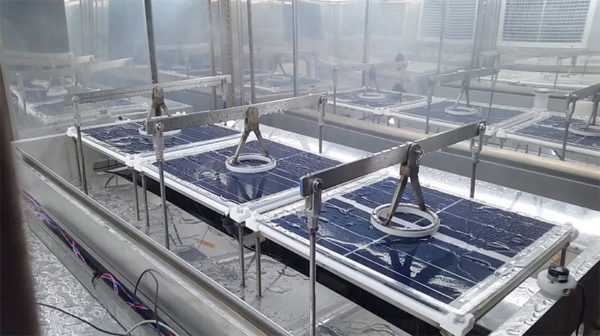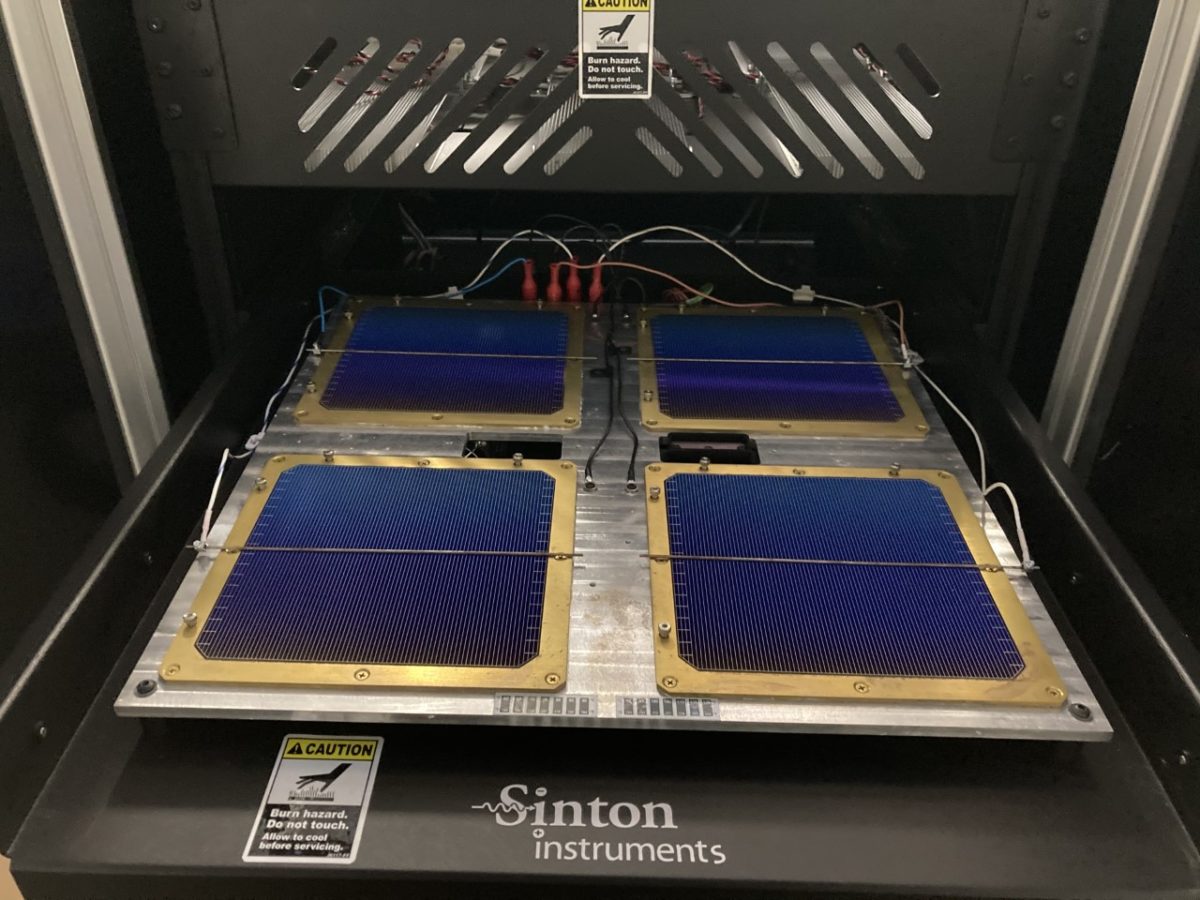The long-expected move by cell manufacturers into n-type technologies appears to be gaining pace in 2022, and while some of the largest manufacturers focus on TOPCon as a more simple progression from the PERC cells in production today. Another cell type, heterojunction (HJT) is also at the center of the move, with big plans in place – for European manufacturing projects in particular.
HJT holds most of the records for silicon solar cell efficiency, and bringing its costs down has been a key focus for researchers in recent years. This week saw the publication of new analysis from scientists led by Saudi Arabian university KAUST discussing the technical and economic factors and challenges remaining in the way of mass production for HJT. Their full analysis is published in Joule. As previous studies have noted, they find that higher initial investment for production equipment and high silver consumption are among the biggest concerns, alongside wafer quality, process control, dependence on indium, and processes for low-temperature cell interconnection.
Further HJT analysis published this week came from Australia’s University of New South Wales, which examined the possible adoption of transition metal oxide layers, deposited using atomic layer deposition. “Using a bottom-up cost and uncertainty model with equipment cost data and process experience in the lab, we find that the production cost of these variations will likely be lower per wafer than standard HJT, with the main cost drivers being the cost of the ALD precursors at high-volume production,” the group explained.
The analysis is published in full in Progress in Photovoltaics. While the group finds that lower per-cell production cost would likely be possible with this approach, whether it can really amount to a cost reduction would depend on the cell efficiency that can be achieved with the as-yet uncommercialized transition metal oxide technology. They note that one part of their approach – replacing indium tin oxide with aluminum zin oxide as the transparent conducting layer – has particular potential as it would eliminate the need for rare and costly indium.
Module lifetimes
Over in the United States, the National Renewable Energy Laboratory (NREL) this week offered an annual update into its DuraMAT program, first launched in 2016 in consortium with Sandia National Laboratories and the Berkeley Lab in California, to focus on module durability and lifetimes.

Image: NREL
Among the project’s successes in 2021 was a procedure to validate stress testing of backsheet materials, by comparing samples post lab-based stress testing with others that had failed in the field, to compare the stress tests against actual field conditions. In 2021 the project also received an additional $36 million in funding from the US department of energy, and says it will shift focus to confirming the reliability of newly introduced PV technologies. “Solar needs to keep improving, and product development cycles can be a lot faster than reliability testing cycles,” said DuraMAT director Teresa Barnes. “We need to find a way to assess reliability and durability at the speed of product development as the industry scales up rapidly.”
The project’s long term goal is to facilitate modules that last for 50 years – and its likely one that much of the PV industry shares, with a recent push from manufacturers to extend the current standard 25-year performance warranties to 30 years, with one manufacturer even issuing a 40 year warranty this year. Barnes is also keen to state that the DuraMAT project also operates with sustainability and practicality firmly in mind. “We know there are going to be big material and energy impacts from ramping up deployment as fast as we need for the energy transition,” she said. “But our question is, ‘How can we do that in a way that’s environmentally sustainable and in a way that our supply chain can keep up?’”
This content is protected by copyright and may not be reused. If you want to cooperate with us and would like to reuse some of our content, please contact: editors@pv-magazine.com.




1 comment
By submitting this form you agree to pv magazine using your data for the purposes of publishing your comment.
Your personal data will only be disclosed or otherwise transmitted to third parties for the purposes of spam filtering or if this is necessary for technical maintenance of the website. Any other transfer to third parties will not take place unless this is justified on the basis of applicable data protection regulations or if pv magazine is legally obliged to do so.
You may revoke this consent at any time with effect for the future, in which case your personal data will be deleted immediately. Otherwise, your data will be deleted if pv magazine has processed your request or the purpose of data storage is fulfilled.
Further information on data privacy can be found in our Data Protection Policy.